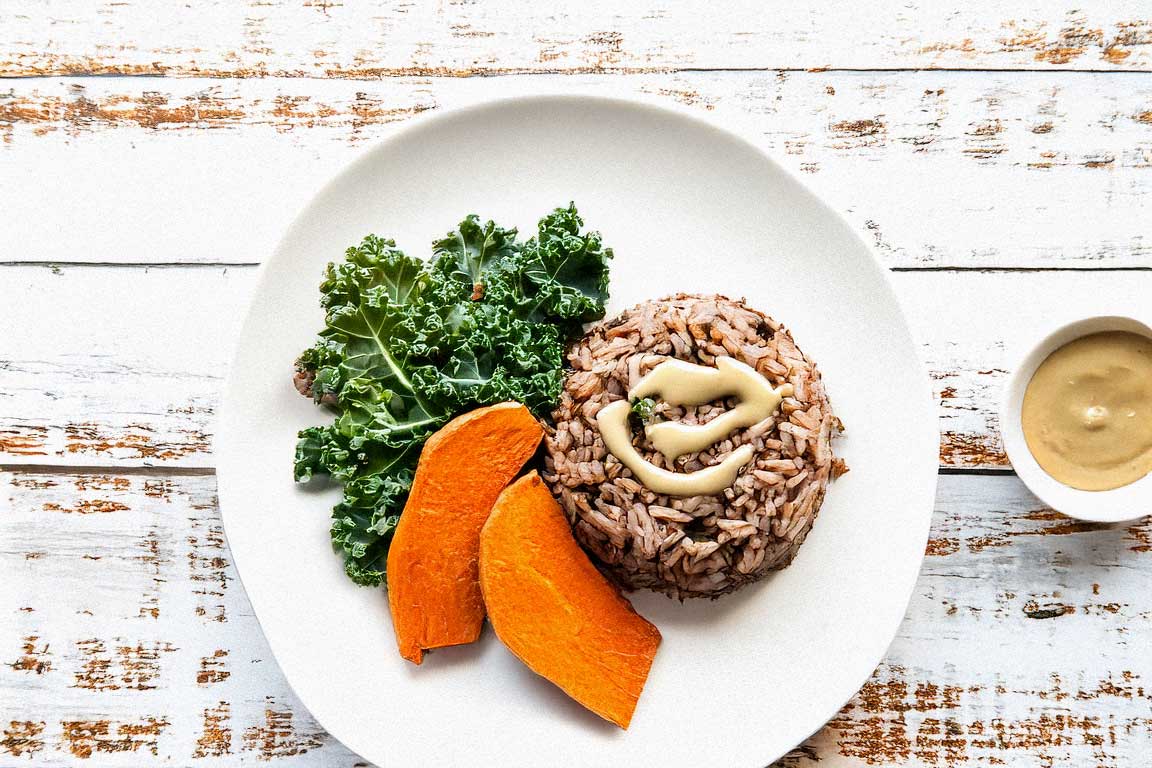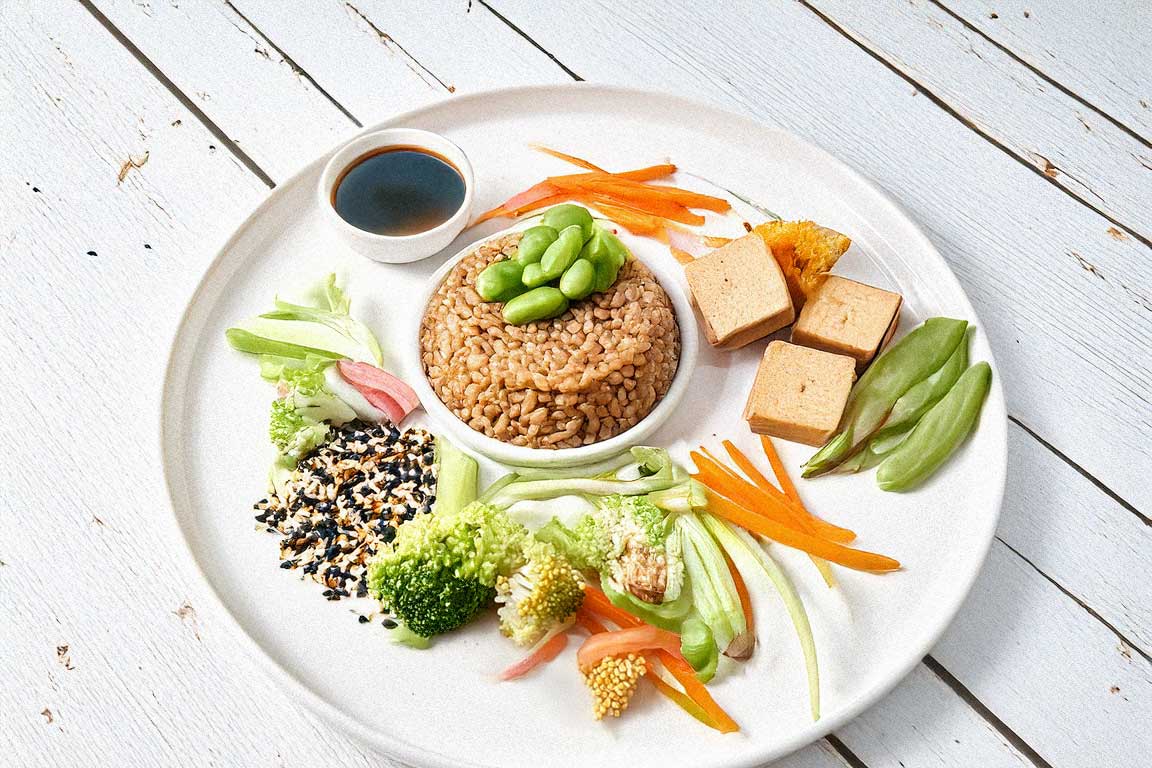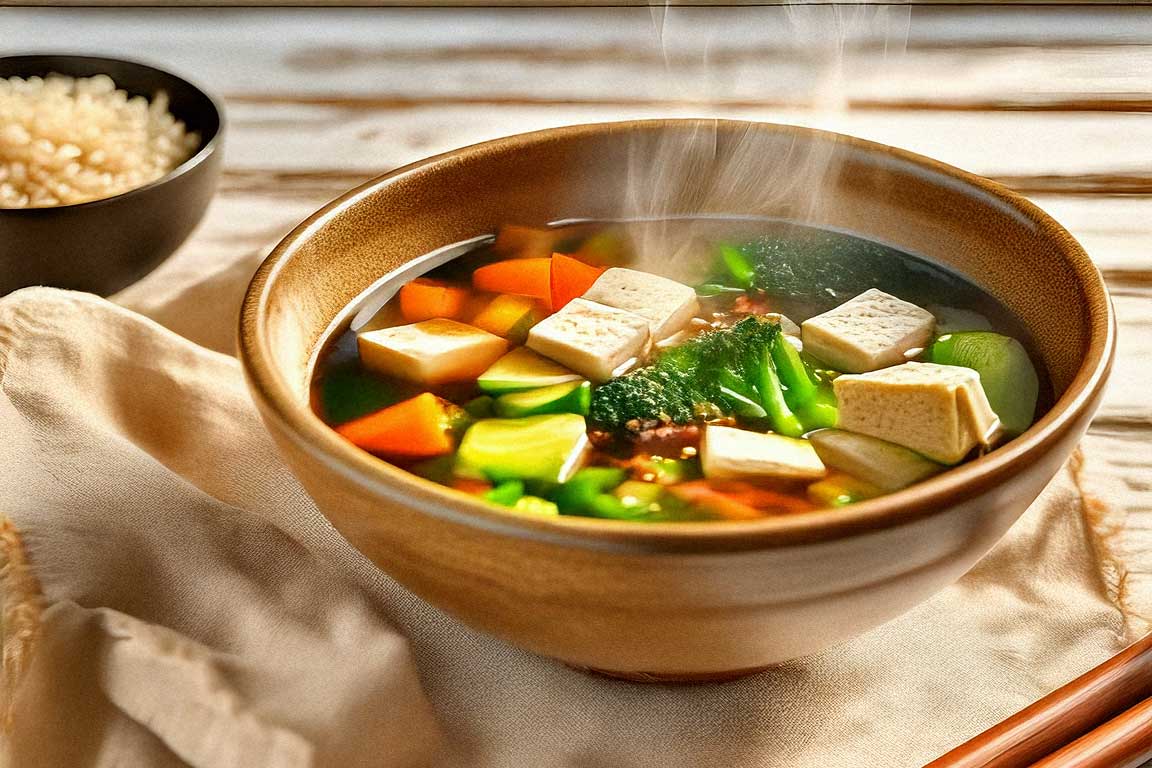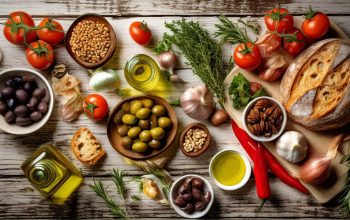Are you yearning for a lifestyle that nourishes your body, soothes your spirit, and harmonizes with nature? Welcome to the macrobiotic diet—a philosophy that connects food, mindfulness, and wellness in the most delightful way. If you’ve ever wondered how what you eat shapes not only your health but also your inner peace, then this is your invitation to explore a whole new perspective on eating.
In this blog, I’ll take you on a flavorful journey through the principles of macrobiotics, sprinkle in some tips for beginners, and discuss why this unique way of life might just be what you’ve been looking for. Ready? Let’s dig in!
macrobiotic-diet-overview.jpg

What Is the Macrobiotic Diet All About?
Think of the macrobiotic diet as more than just a meal plan. It’s a holistic way of living, rooted in the ancient principles of balance—most notably yin and yang from Eastern philosophy. This approach believes that harmony within your meals can lead to harmony within yourself. The food you eat isn’t just fuel—it’s a medium for connecting with the universe.
The Basics of Macrobiotics
The macrobiotic diet encourages a return to simple, unprocessed, and natural foods. Its primary focus is on whole grains, fresh vegetables, and fermented goodies, with a strong emphasis on seasonal and local produce. By aligning your meals with nature’s rhythms, you’re essentially inviting balance and vitality into your life.
- Whole Grains: The foundation of every macrobiotic plate—think brown rice, quinoa, or millet.
- Seasonal Vegetables: Root vegetables in winter, leafy greens in spring—always attuned to nature’s cycle.
- Fermented Foods: Staples like miso, kimchi, and tempeh are revered for their probiotic benefits.
- Natural Seasonings: Ingredients like sea salt, tamari, and umeboshi plum paste are used to flavor dishes without artificial additives.
But it’s not just about what’s on the plate. The macrobiotic diet also emphasizes mindful eating and thoughtful preparation. Every chop, stir, and bite is infused with intention, turning your kitchen into a sanctuary.
Why Choose the Macrobiotic Lifestyle?
What draws people to macrobiotics is often more than physical health. Sure, it’s great for improving digestion, boosting energy, and even balancing weight, but it also has deeper benefits. Many practitioners report enhanced mental clarity and emotional stability. Imagine starting each day feeling grounded and purposeful—that’s the kind of gift this lifestyle offers.
A Personal Anecdote
When I first heard about macrobiotics, I thought it was too restrictive. But after trying it, I realized how liberating it felt to eat foods that truly nourished me. I’ll never forget the first time I prepared a macrobiotic meal—it was a bowl of brown rice topped with steamed kale, miso sauce, and toasted sesame seeds. The flavors were simple but deeply satisfying, and I felt an unmistakable sense of balance.

The Art of Starting Small
Shifting to a macrobiotic lifestyle doesn’t mean you need to overhaul your entire pantry overnight. Here are a few beginner-friendly steps to ease into it:
- Begin with Breakfast: Swap your sugary cereal for a bowl of warm oatmeal or brown rice porridge seasoned with a pinch of sea salt.
- Embrace One-Dish Wonders: Create simple meals with grains, veggies, and protein in one pot—it’s easy and saves time.
- Explore Asian-Inspired Ingredients: Try tamari, kombu seaweed, or miso paste to add depth to your dishes.
- Cook Mindfully: Treat meal prep as a meditative practice. The act of chopping vegetables or stirring soup can be surprisingly calming.
A Balanced Plate
A typical macrobiotic meal is visually balanced as well. Picture a dish with three parts whole grains, two parts vegetables, and one part protein. This isn’t just aesthetically pleasing—it also ensures that your body gets a diverse range of nutrients with every meal.
Let’s Talk Flavor: The Role of Spices
Who says healthy eating has to be bland? The macrobiotic diet celebrates the subtle art of seasoning. Ginger adds warmth, sesame brings nuttiness, and umeboshi plums lend a tangy zing. You can experiment endlessly to create your own signature flavor combinations!
Pro Tip: Fermentation as a Flavor Booster
Fermented foods are a cornerstone of macrobiotics. They’re not just great for your gut; they’re also packed with umami. Try adding a dollop of miso to your soups or a spoonful of pickled vegetables to your rice bowls for an instant flavor upgrade.

Embracing the Macrobiotic Philosophy
Ultimately, the macrobiotic lifestyle isn’t about following a rigid set of rules. It’s about creating harmony in your life, one meal at a time. By focusing on simple, wholesome ingredients and mindful eating, you’re not just nourishing your body—you’re cultivating a sense of peace and connection that touches every aspect of your life.
Are you ready to give the macrobiotic diet a try? Start small, experiment with new ingredients, and above all, enjoy the journey. Whether you’re here for better health, culinary inspiration, or a deeper connection with yourself, the macrobiotic path has something special to offer.
The Journey Ahead
If you’ve experimented with macrobiotics or have questions, leave a comment below. Let’s start a conversation and inspire each other!



